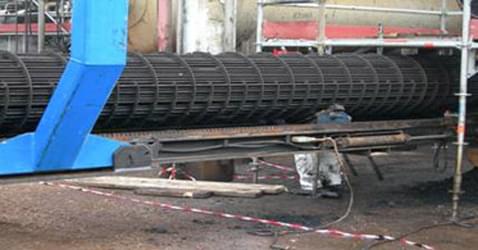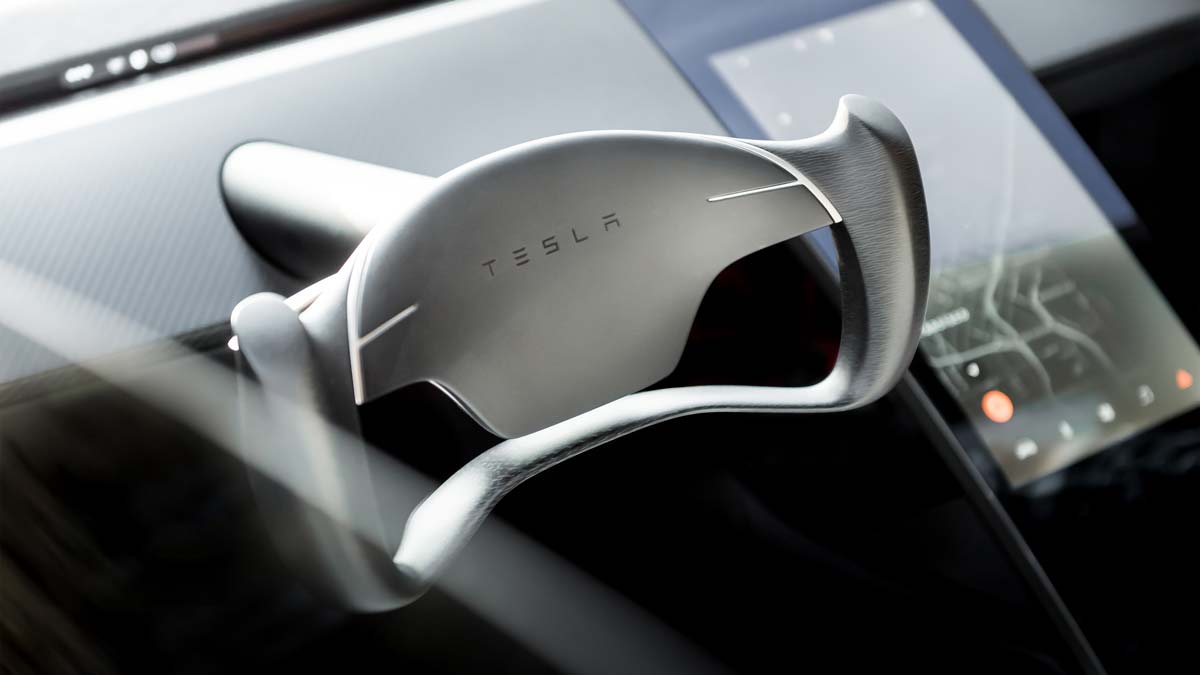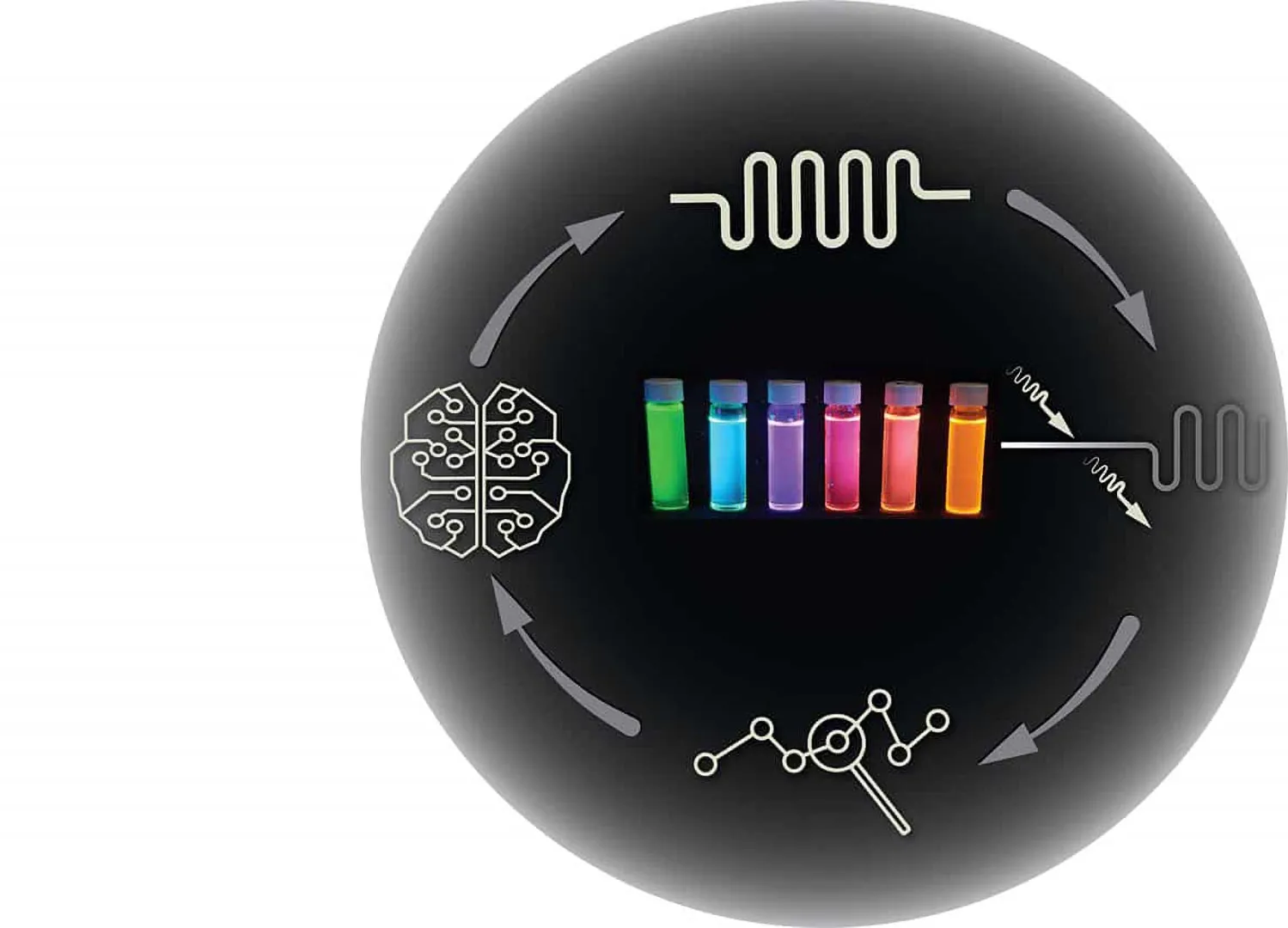face_with_colon_three year 2024.
GE today announced that Federated Co-Operatives Limited’s Co-op Refinery Complex in Regina, Saskatchewan, Canada, is installing GE’s advanced water recycling technology for a wastewater improvement project that will enable the refinery to clean100 percent of its wastewater on-site. Once fully operationally, the Co-op Refinery Complex will be the only refinery in North America to recycle all of its wastewater for steam production, which is used for heating, hydrogen production, to power equipment and for cooling towers.
“Water is a precious resource and our wastewater improvement project allows us to be efficient and sustainable by recovering every drop of water. With GE’s technology, the Co-op Refinery Complex will clean and recycle all of its wastewater in a socially responsible and environmentally sound way to conserve water for Regina and the entire province of Saskatchewan,” said Gil Le Dressay, vice president, refinery operations, Federated Co-Operatives Limited.
Several years ago the refinery expanded its operations to produce 30,000 more barrels of oil per day (BPD) taking it from 100,000 BPD to a 130,000-BPD facility, which increased its water usage. The refinery’s current water source is a blend of well water and city water, and restrictions on water use mandated that the Co-op Refinery Complex had to find a new source of water. GE offered a solution combining ZeeWeed* membrane bioreactor (MBR) technology and a high-efficiency reverse osmosis (HERO• system to recycle and reuse 2 million gallons of wastewater a day. In addition to the water reuse solution, GE provides the refinery with wastewater specialty chemicals and monitoring solutions to provide system optimization.







